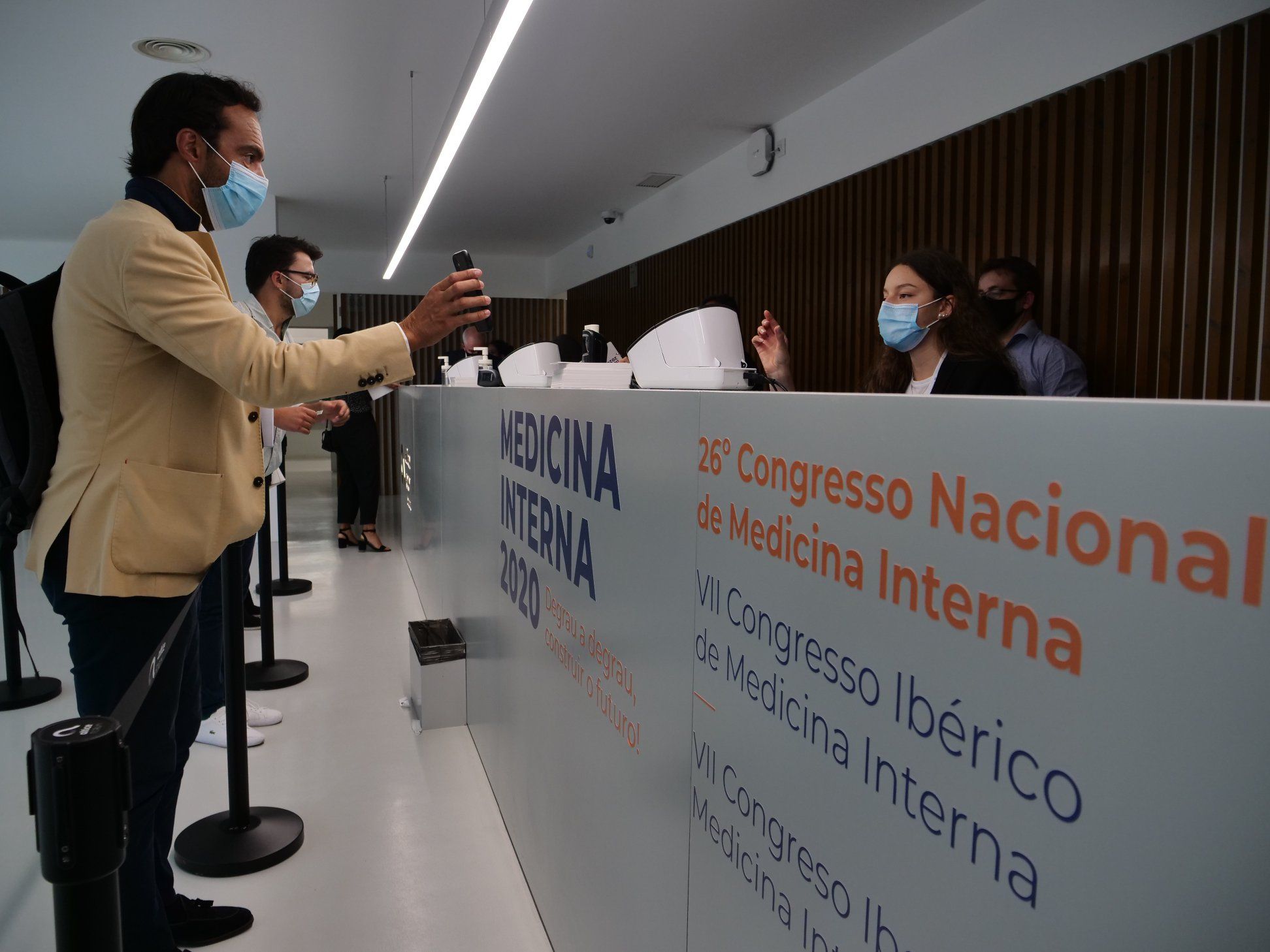Planning a safe successful event. Applicable guidelines and regulations for corporate events.
With the advent of the COVID-19 pandemic and despite all the limitations that came with it, the investment in communication between peers, team building and the presentation of ideas and products to innovate and improve our daily lives did not change and should even be reinforced.
During this year, the events industry in Portugal reinvented itself and managed, based on the DGS (General Health Directorate) rules, to carry out safe events based on the preventive measures in force. Organizing a successful face-to-face congress, conference or corporate meeting during the pandemic is not only possible, but very safe.
We have systematized for you the fundamental preventive measures to be able to carry out your event in a safe and worry-free way, before, during and after the event. Check below the regulations applicable in the secretariat, meeting rooms, exhibition areas, catering and for the audiovisual teams.
Basic prevention measures Before, During and Post Event:
-Hand hygiene;
– Respiratory etiquette;
– Self-monitoring of symptoms;
– Social distancing;
– Use of PPE’s;
– Abstention from physical greetings and contact;
– Avoiding touching your eyes, nose and mouth with your hands.

- Secretariat
- Respect the rules for the use of PPE, temperature measurement, hand hygiene, respiratory etiquette and social distancing referred to by the place where the activities are performed (from the period of assembly, event and disassembly), by employees and participants;
- All equipment undergoes a disinfection process, before entering the premises and after handling it within the space during the period of use and change of shifts;
- It is always necessary to eliminate, or reduce as much as possible, all supports from the service desks that are not essential to avoid handling.
Subscribe and get the free Ebook
Guide for event planning
- Common spaces
- Placement of marking lines on the pavement for the waiting distance for services and for circulation;
- Creation of a specific circulation circuit for the event and, whenever possible, the entries and exits must have their own and separate circuits;
- Placement of SABA devices for sanitizing hands and accessible surfaces in all workspaces and common areas;
- Placement of prevention information on the signage network to remind people of the hygiene rules that must be adopted;
- Definition of maximum capacity for bathrooms, ensuring a distance of 2 meters in the waiting lines;
- It is necessary to outline procedures for isolating suspected cases of COVID-19:
- Establishment of an isolation area, which respects the rules established by the DGS, for placing the person with signs and symptoms and epidemiological link compatible with the definition of a suspected case;
- A suspicious case must be immediately communicated to the person responsible for the event’s contingency plan to be triggered immediately.
- Set up and assembly of meeting/conference rooms
- In auditorium events, a distance of at least 2 meters between the stage edge and the first row that is occupied must be guaranteed;
- The distribution of seats must be carried out with a physical distance between participants, with mismatched rows;
- Whenever possible, all places must be marked, otherwise, at the end of each session/use, the space must be cleaned, for example, using nebulization disinfection;
- Whenever possible, access doors must remain open to allow the passage of people, avoiding them being handled;
- Passage bottlenecks must be eliminated or reduced;
- Access control is also a way to control the room’s capacity in real time if there are no booked seats;
- Speakers are exempt from using their masks solely during their intervention.

- Exhibitions and Fairs
- The entrances and exits of the exhibition venue will each have their own and separate circuits, avoiding contact between people;
- Use of air circulation with fresh air and not with air conditioning, preferably with natural ventilation, by opening doors or windows. Mechanical air ventilation (HVAC system – Heating, Ventilation and Air Conditioning) can also be used, but in these cases proper cleaning and maintenance must be guaranteed, in accordance with the manufacturer’s recommendations, and the renewal of air in closed spaces, by frequent ventilation and/or by the mechanical ventilation systems themselves (when this feature is available);
- The maximum capacity of spaces used, calculated based on the equation of 1 person per 20m2, is determined as a function of the physical space made available to employees, users and visitors;
- Definition of maximum occupancy of space, with electronic control of entrances, which informs the number of delegates and exhibitors in the space;
- Definition of maximum number of occupants per stand (including exhibitors);
- The entry of people will be made individually and spaced, guaranteeing a distance of at least 2 meters between people, except for people who are cohabitants;
- Mandatory use of masks by exhibitors and conference attendees;
- Recommendation for exhibitors to make available SABA disinfectant in their spaces/stands for their own use and that of visitors;
- Exhibitors should avoid the use of decorative materials and opt, whether in construction or on site, for easily sanitized materials (avoiding fabrics and carpets);
- Remove all non-essential supports from counters and stands to avoid handling.
Suggestion: Implementation of a mobile application that allows participants to make virtual visits to the stands of sponsors who support the event and that also allows the pre-scheduling of meetings and non-face-to-face contacts, avoiding the influx to the exhibition area.
- Catering
It is necessary to adopt the guidelines in force by the DGS for restaurants and catering services, which define a set of procedures and measures to ensure full compliance with the rules in force and guarantee maximum safety at all times of the operation, for guests and employees assigned to serving or preparation.
- In preparation and confection, we highlight the mandatory use of masks, gloves when handling food, frequent cleaning of all utensils and countertops, cleaning of uniforms;
- During the service, there must be a limitation of the number of people per table to maintain the mandatory distance and an electronic control is also carried out per table through the registration of people;
- If it is necessary to have several uses of the tables, it will be necessary to block the tables and proceed with their cleaning and disinfection before being occupied again;
- The mandatory use of a mask is exempted solely during the period of consumption of food and beverages.
- Audiovisuals
Without prejudice to the specific rules and regulations to be announced by the competent entities for the activity of events, it is possible to implement the following rules immediately:
- Mandatory use of a mask for all employees who are present during the assembly, event and disassembly periods, within the premises and in accordance with the rules of the space;
- Respect the rules for temperature measurement, hand hygiene, respiratory etiquette and social distancing referred to by the venue where the activities are performed (from the period of assembly, event and disassembly);
- All equipment will undergo a disinfection process, before entering the premises and after handling within the space during the assembly and disassembly periods;
- During the event, and with regard to the technical work areas, each employee must be responsible for the disinfection and care of their area, as well as the equipment that is inherent to it;
- All equipment must be handled by a technical person or in applicable cases (flying microphones, for example) by a person designated for that purpose, for example, a room assistant/hostess.
It will be also necessary to produce a specific contingency plan for the event and a hygiene plan, also specific and in accordance with the norms and guidance of the DGS at the time, in which all these preventive and hygienic measures will be combined with the production of plans of the spaces with the circuits created and the identification of the isolation area for suspected cases.
Recommendations for transversal application in the Organization of Events and Congresses:
REGULATION No. 20/2020 of the DGS – Criteria for the Definition of the Case of COVID-19
REGULATION No. 4/2020 of the DGS – Management of the Suspected or Infected Patient with SARS CoV 2
GUIDELINE No. 5/2021 of DGS – COVID-19: Use of Masks
GUIDELINE No. 019/2020 of the DGS and INFORMATION No. 009/2020 of the DGS – Address the use of masks by people who are not health professionals
GUIDELINE No. 6/2020 of the DGS – Prevention, control and surveillance procedures in companies
GUIDELINE No. 011/2020 of the DGS – Definition of general measures in public service establishments or similar
GUIDELINE No. 014/2020 of DGS – Adequacy of cleaning and disinfection procedures of spaces
GUIDELINE No. 28/2020 of the DGS – Use of cultural facilities; distance measures in exhibition areas (Foyers)
GUIDELINE No. 8/2020 of the DGS – Prevention, control and surveillance procedures in hotels
GUIDELINE no. 23/2020 of DGS – Procedures in food and beverage establishments
GUIDELINE No. 27/2020 of the DGS – Procedures in Public Transport
Article published and updated on 06/07/2021

Ana Maria Machado
With an academic background in marketing and a degree in Art History, Ana has been working in MICE since 2017, mainly in incentive travel and corporate meetings.







